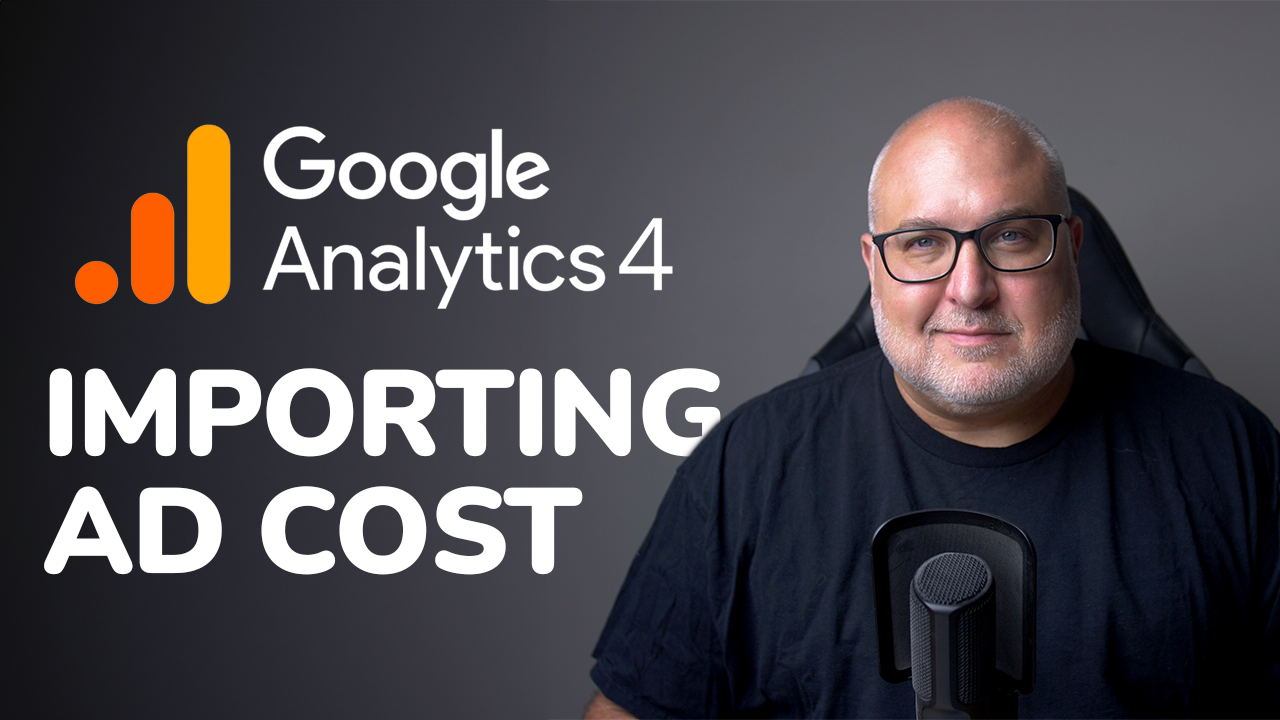What is Conversion?
Roy Bielewicz
What is Conversion?
We often see clients and other agencies focusing on website and marketing metrics like traffic, clicks, likes, and shares.
“Our SEO program increased traffic by 200%!” Or, “Our social media posts had over 10,000 likes!”
While these sound great, and can be important metrics to be sure, they don’t really tell the whole story about how your marketing programs are performing. Traffic is great, but is it driving more sales? Is it creating relationships? Are people engaging with your content?
What they’re not tracking, but should be, are conversions.
So, what is conversion?
Let's talk about what conversion really is. When someone comes to your website and “converts”, they’re completing a goal that you have defined, which is usually something that is demonstrably valuable to you and your business. This typically differs from just visits to your site, because those visits, without a goal, don’t really mean very much.
Think about it, you may have a marketing campaign that’s driving tons of traffic to your site. Let’s say your website sells sunglasses, and you’ve started paid search campaigns and display campaigns. You’re getting tons of traffic from these campaigns (and they’re costing you a lot of money), but when you dig into your data you discover that much of the traffic from display is coming from kids games on mobile phones. Obviously they’re not buying anything, and they’re just costing you money. So while you’re getting all sorts of traffic, it’s not the traffic you want. In a situation like this you can quickly see what marketing efforts are driving valuable traffic if you’re monitoring your conversions. (Side note: We have had clients set up their own display campaigns and have seen just this type of issue with unqualified traffic coming from apps.)
Common conversions include:
- Completing a purchase
- Submitting a form (contact form, lead form, registration, etc.)
- Signing up for a newsletter/promotion
- Creating an account
- Engaging with a chat
- Downloading (PDF, video, infographic, etc.)
- Watching a video (and how long they watched)
- Engaging with your site and content (how far they scroll, how many pages they view, return visits, add to carts, reviews, etc.)
- Click-to-call
- Store finder
Keep in mind that you don’t have to stick with just one conversion. We look at primary conversions (the conversion that’s most important to you, e.g., one that drives direct revenue) as well as what we call secondary or soft conversions. These are conversions that have potential value but aren’t necessarily associated with a direct dollar value, or are not your main focus, but still add value to a marketing program.
So going back to the retail example, this secondary conversion may be when somebody enters their email address and signs up for a newsletter, abandons a shopping cart after entering an email, or registers an account. While it’s not a purchase right now, that email address acquisition has measurable value because you can engage them in the future.
Similarly, for a business-to-business website, your main conversion may be acquiring a lead when someone fills out a form to download gated content, completes a contact form, or registers for an event. Your secondary conversion may be interaction with your website content, scrolling on a page, or watching a video. Again, it depends on what your goal is and what's valuable to your company.
Conversion Rate
Conversion rate is how you quantify conversions on your site. It’s pretty straightforward, and is calculated by taking your conversion, dividing by the number of visitors, and multiplying by 100% so that you get a percentage:
Conversion rate = (conversions / total visitors) * 100%
In other words, if you get 100 visitors to your site, and one makes a purchase, you have a 1.0% conversion rate.
This is particularly helpful when you want to measure the performance of specific marketing campaigns or channels, landing pages, content performance, or just have a general barometer for your site’s performance. For instance, you may have a paid search campaign that generates a 2% conversion rate, while your social media campaign only generates a 1% conversion rate. This will give you a quick indication of performance for these channels.
Keep in mind that conversion rate isn’t the entire story. A campaign may have a higher conversion rate, but if your return on investment (ROI) is lower, it may not be performing as well as the conversion rate would imply. Conversion rate is just one metric to monitor over time.
Events versus Goals versus Conversion
How Google Analytics (GA) defines conversion and certain site behaviour is worth discussing, since it can be a bit confusing if you’re not familiar with using GA. In GA, an event is something that happens on the site. This can include clicks, scrolls, pageviews, video plays, purchases, email signups, etc. Not all of these events can be tracked “out of the box” when setting up GA, but will need to be added at the code level, either through HTML or using a tool like Google Tag Manager to define these events.
Once these events are defined and tracked, you can then create a Goal, which is essentially a conversion event. These goals can be tracked back to campaigns and pages, helping you to define your conversion rate. Ecommerce conversion rate is unique, and may need additional code changes to fully track. Many common ecommerce platforms have this integration built in, though not all data may be available.
Correctly defining your events, goals, and ecommerce conversion metrics is critical to understanding your campaign and website performance. Ensuring that you have “clean” data can make the difference between having a profitable or unprofitable business, so we highly recommend that you outsource these efforts to an experienced analytics and website agency (like us!).
Keep in mind that Google Ads and Facebook Ads are increasingly using conversion data to help to optimize your ad campaigns, as well as target the correct audience. By ensuring that you have conversion tracking implemented correctly, you’re helping to not only understand how your programs are performing, but helping them to perform better by using their sophisticated AI and learning tools.
Conclusion
Conversions and conversion rates are an important tool in your analytics and marketing tool box, but are by no means the only metric. Don’t fall into the trap of just looking at conversion rates to the exclusion of other performance metrics and profitability measures. But make sure that when you do monitor your conversions, that they’re accurate!
Contact Us






